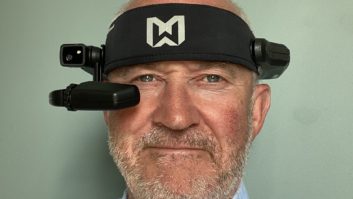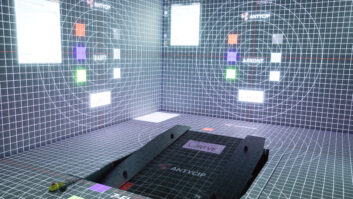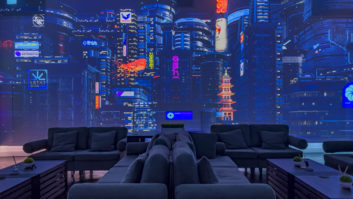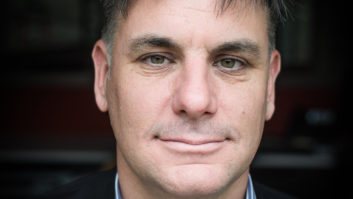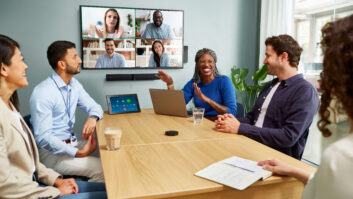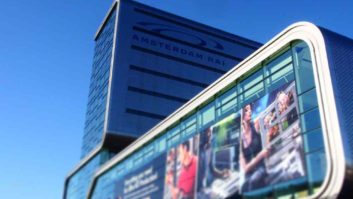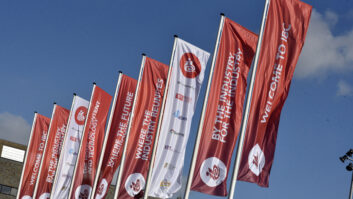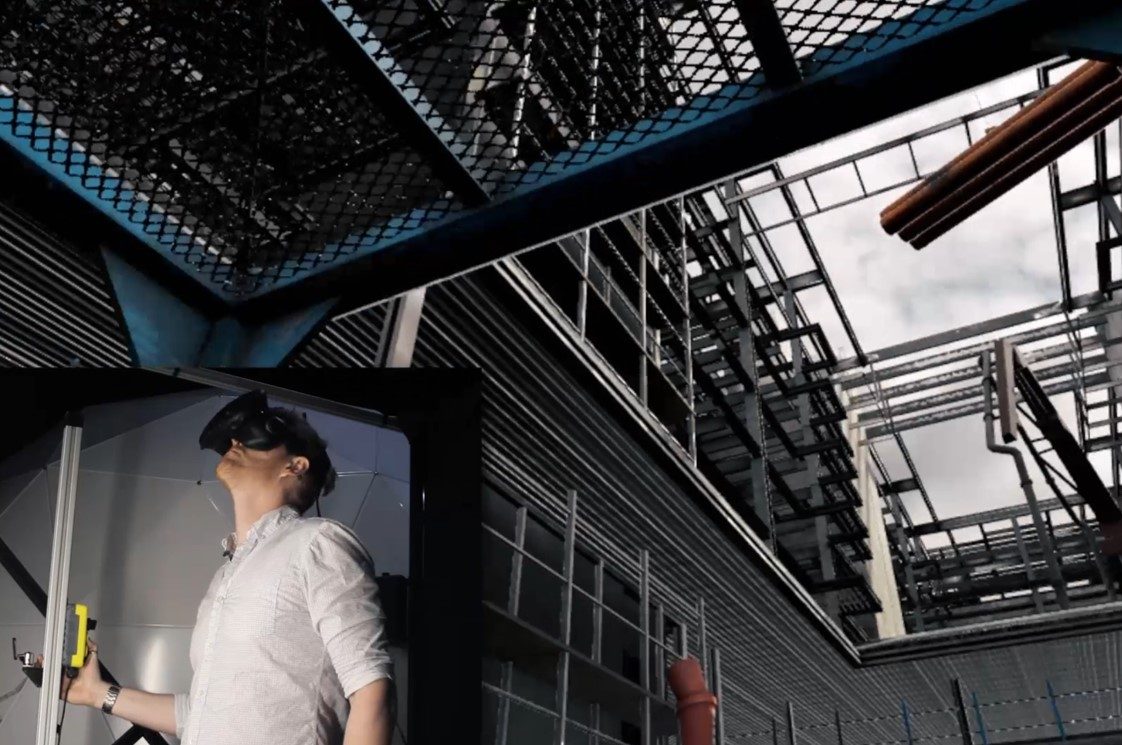
Virtual, augmented and mixed reality aren’t just for games players and theme park visitors. Michael Burns looks at where the business cases are – and explores the opportunities for AV professionals.
Immersive technology is becoming increasingly common. We’ve all seen or used the distinctive head-mounted displays (HMD) used for virtual reality rides or console games, or enjoyed the antics of Pokémon Go hunters seeking augmented reality beasties. But outside of entertainment, where are the strong business cases for AR, VR and mixed reality (where digital and real-world objects coexist)? The answer is, suitably enough, all around us.
“Ultimately we increasingly live our lives through a lens, so the use of AR – providing computer inputs layered on the physical world – isn’t a massive leap,” says Caspar Thykier, CEO and co-founder of AR app company Zappar. “It just needs the right context, content and of course call to action.”
“We’re really just scraping the surface at the moment of what’s possible with mixed reality,” says Maximilian Doelle, chief prototyper and founder of innovation studio Kazendi. “The fact that only recently a global health service company used Microsoft HoloLens to turn health screenings into an interactive game called BioBall shows how imaginative mixed reality projects can be. A personal favourite is the HoloElection app for Deloitte Digital.”
Ventuz Technology focuses mainly in the marketing and entertainment industry, where its software suite is mainly used. “But we see great potential for AR and mixed reality in any environment that requires collaborative work on digital content,” says CEO Erik Beaumont. “With real-time graphic software tools such as Ventuz, teams would be able to, for example, work collaboratively on digital prototypes, like new car models or engines. The scenario is not unknown; imagine a group of people wearing HoloLens glasses gathered around their digital prototype. With the integration of interactive technology, they would be able to make changes to the model right then and there, that would be visible to everyone instantly. Visualisation is key for many of these development processes, and this technology might prove a significant improvement.”
“Property marketing is an industry seeing the immediate benefits from virtual and mixed reality,” says Amelia Kallman, head of innovation at creative technology agency Engage Works. “With the ability to map to your surroundings, property and architecture applications on Microsoft’s HoloLens can immerse you inside future environments, allow you to customise models and collaborate on plans, teleport you to different locations, and let you see views so real that you’ll get vertigo.
“These technologies are also really disruptive for education, giving professors and experts the ability to reach students in far locations, and students who may not have the resources to physically attend or pay for prestigious schools,” she adds. “By training in VR to do things like surgery, organisations can save time and money, and potentially save lives.”
Field service
“We have huge numbers of people all over the planet installing, maintaining and upgrading cell towers and equipment,” says Steve Plunkett, CTO of Ericsson Broadcast & Media Services. “We’ve been looking at how we can use AR as a field service tool so that you don’t have to carry around a laptop and a huge amount of technical manuals, and also so you can share what you are seeing with an expert back at base. So you still have skilled technicians in the field, but if they need more data, first of all they can pull back to the AR device. If they then need to stream a video, they can then fire that back to somebody who can look at it and then get them more quickly to a resolution. It’s very interesting.”
Doelle says the construction industry relies heavily upon visualisation, yet remains dominated by pen and paper. “It is ripe for disruption, and mixed reality can achieve this. At Kazendi, we developed Spatial Explorer, an app for HoloLens that rapidly creates detailed 3D scans and texture maps of the space around it. For construction, this means that building or space surveys can be carried out more quickly and effectively. Risk markers can be left real time, and by using a live stream, construction workers can use request for information (RFI) processes instantaneously. This promotes a faster problem-solving mechanism.”
London’s Royal Opera House (ROH) is a major believer in the power of VR and mixed reality. It’s been a pioneer in terms of 360° production, but now the technology is being brought to bear behind the scenes. Building on an existing previsualisation workflow process for set lighting design that takes place in a CGI environment, lighting visualiser James Simpson has been using Microsoft HoloLens to create an AR lighting project, mixed with the real world.
“James maps the 3D space [of the stage] with Microsoft HoloLens, then maps the CGI sets into that space,” says Tom Nelson, creative producer at the ROH. “He can walk around that set, he can move elements of it. He can even share it with a director for them to see where different performers would be placed in that scene.
“We’ve now moved that into a true VR experience,” continues Nelson. “Imagine a director and their set designer and lighting designer, being in this experience together, able to change the textures and lighting in a set. And the most exciting thing for us, because we’re an international organisation, is what if those people were on different continents? That technology exists and Microsoft HoloLens is interested in partnering with us to explore that.”
www.engageworks.com
www.ericsson.com/broadcastandmedia
www.kazendi.com
www.roh.org.uk
www.ventuz.com
www.zappar.com
